Home>Ideas and Tips>Creating A Butterfly Garden In Your Backyard
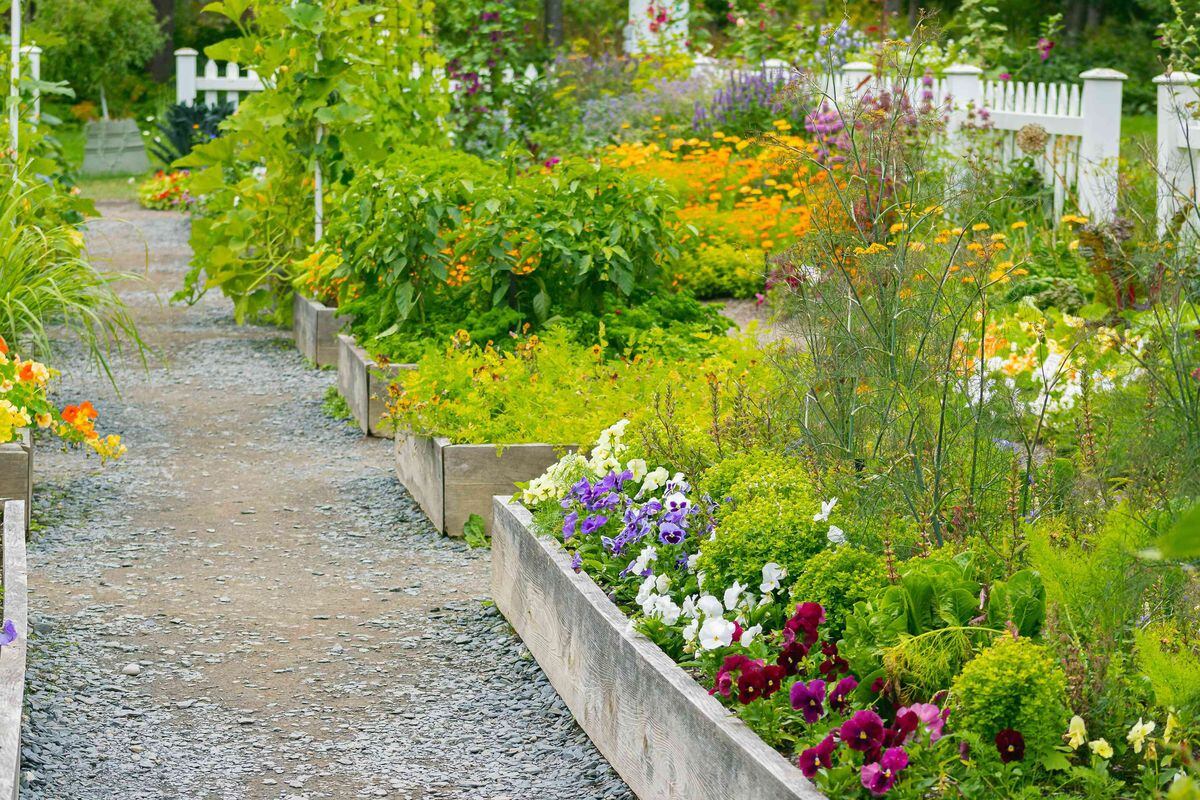

Ideas and Tips
Creating A Butterfly Garden In Your Backyard
Modified: November 2, 2024
Create a butterfly garden in your backyard with our step-by-step guide. Learn about the best plants, soil prep, and maintenance tips to attract butterflies.
(Many of the links in this article redirect to a specific reviewed product. Your purchase of these products through affiliate links helps to generate commission for Storables.com, at no extra cost. Learn more)
Introduction
Creating a butterfly garden in your backyard is not only a delightful way to enhance your outdoor space but also a wonderful opportunity to support these beautiful creatures. Butterflies are an integral part of our ecosystem, and by providing them with the right environment, you can attract a variety of species to your garden. In this article, we will guide you through the process of creating a butterfly garden, from researching the right plants to maintaining your garden for optimal butterfly activity.
Step 1: Researching the Right Plants
Before you start planting, it's crucial to research which plants are native to your area and attract butterflies. Different regions have different species of butterflies, so it's essential to tailor your garden to the local flora and fauna.
Understanding Butterfly Preferences
Butterflies are picky about the plants they visit. They prefer flowers with nectar-rich blooms because they need energy to fly and survive. Here are some general guidelines for choosing the right plants:
- Nectar-Rich Flowers: These are the primary source of food for adult butterflies. Some popular nectar-rich flowers include zinnias, marigolds, sunflowers, and lavender.
- Host Plants: These are plants that caterpillars feed on. For example, monarch butterflies rely on milkweed plants for their caterpillars.
- Native Plants: Using native plants ensures that your garden will attract local butterfly species. Native plants are adapted to your region's climate and soil conditions, making them easier to maintain.
Specific Plant Recommendations
Here are some specific plants that are known to attract butterflies:
- Monarch Butterflies: Milkweed (Asclepias spp.), Butterfly Weed (Asclepias tuberosa), and Lantana (Lantana camara) are excellent choices for attracting monarchs.
- Swallowtails: Plants like Passionflower (Passiflora spp.), Fennel (Foeniculum vulgare), and Dill (Anethum graveolens) attract Swallowtails.
- Gulf Fritillaries: These butterflies love Passionflower and Lantana.
- Painted Ladies: These butterflies are attracted to Thistle (Cirsium spp.) and Marigold (Tagetes spp.).
Step 2: Preparing Your Garden
Once you have selected the right plants, it's time to prepare your garden for planting.
Soil Preparation
Butterflies need a variety of plants with different growth habits and soil requirements. Here are some tips for preparing your soil:
- Soil pH: Most butterfly-attracting plants prefer well-draining soil with a slightly acidic pH (around 6.0-7.0).
- Organic Matter: Adding organic matter like compost or manure can improve soil structure and fertility.
- Sunlight: Butterflies need sunlight to fly and warm up their bodies, so choose a spot that receives full sun (at least 6 hours of direct sunlight).
Planting
When planting, consider the mature size of each plant and leave enough space for proper growth. Here are some general guidelines:
- Grouping Plants: Plant different species in groups rather than scattering them randomly. This will create a diverse environment that attracts a variety of butterflies.
- Layering Plants: Layering plants with different growth habits can create a layered effect, providing shelter and food sources at different heights.
Step 3: Maintaining Your Garden
Creating a butterfly garden is not a one-time task; it requires ongoing maintenance to ensure it remains attractive to butterflies throughout the year.
Watering
Butterflies need water to drink and to help them regulate their body temperature. Here are some tips for providing water:
- Water Sources: Install shallow dishes or birdbaths with fresh water and rocks for landing sites.
- Avoid Using Chemicals: Refrain from using chemicals in your water sources as they can harm butterflies.
Mulching
Mulching helps retain moisture in the soil and keeps weeds under control, which is beneficial for butterflies.
- Organic Mulch: Use organic mulch like wood chips or bark to retain moisture and suppress weeds.
- Avoid Mulching Around Stems: Keep mulch away from plant stems to prevent rotting.
Pruning
Pruning is essential for maintaining the health and appearance of your plants while ensuring they continue to attract butterflies.
- Prune Dead Flowers: Remove dead flowers to encourage new blooms and prevent seed production, which can divert energy from nectar production.
- Prune Overgrown Plants: Prune overgrown plants to maintain their shape and promote healthy growth.
Step 4: Additional Tips for Attracting Butterflies
While plants are the primary attractants for butterflies, there are several additional tips you can follow to create an inviting environment:
Avoid Using Pesticides
Pesticides can harm or kill butterflies, so it's crucial to avoid using them in your garden.
Provide Shelter
Butterflies need shelter from wind, rain, and predators. Here are some tips for providing shelter:
- Native Vegetation: Plant native vegetation like shrubs or trees that provide sheltered areas for butterflies.
- Rock Piles: Create rock piles or stone walls that offer sheltered spots for butterflies.
Create a Butterfly-Friendly Habitat
Creating a diverse habitat with different layers of plants can attract a variety of butterfly species. Here are some tips:
- Native Grasses: Incorporate native grasses into your garden as they provide sheltered areas for butterflies.
- Wildflowers: Plant wildflowers that bloom at different times to provide a constant source of nectar throughout the year.
Conclusion
Creating a butterfly garden in your backyard is a rewarding project that not only enhances your outdoor space but also supports these beautiful creatures. By following these steps—researching the right plants, preparing your garden, maintaining it properly, and adding additional tips—you can create an inviting environment that attracts a variety of butterfly species. Remember to be patient as it may take some time for your garden to mature and attract its first visitors. With dedication and the right approach, you can enjoy watching these magnificent creatures flit about your garden all year round.
References
- Save Our Monarchs Blog – "Creating a butterfly garden in your backyard should start with researching the common butterfly species in your area."
- Marsh Heating – "Creating a Butterfly Garden in Your Backyard" provides detailed tips on how to create such a garden.
- Motherly – "12 Science Experiments that Encourage Kids to Explore" mentions creating a butterfly garden as an educational activity.
- Kyle Wood on LinkedIn – "5 Tips for Creating a Butterfly Garden in Your Backyard" offers practical advice on creating such a garden.
- Cairnterriermagic – "Step-by-Step Guide to Creating a Butterfly Garden in Your Backyard" provides a detailed article on creating a butterfly garden.
By following this comprehensive guide, you can create a thriving butterfly garden that not only beautifies your yard but also supports these vital pollinators and adds joy to your outdoor space.
Was this page helpful?
At Storables.com, we guarantee accurate and reliable information. Our content, validated by Expert Board Contributors, is crafted following stringent Editorial Policies. We're committed to providing you with well-researched, expert-backed insights for all your informational needs.
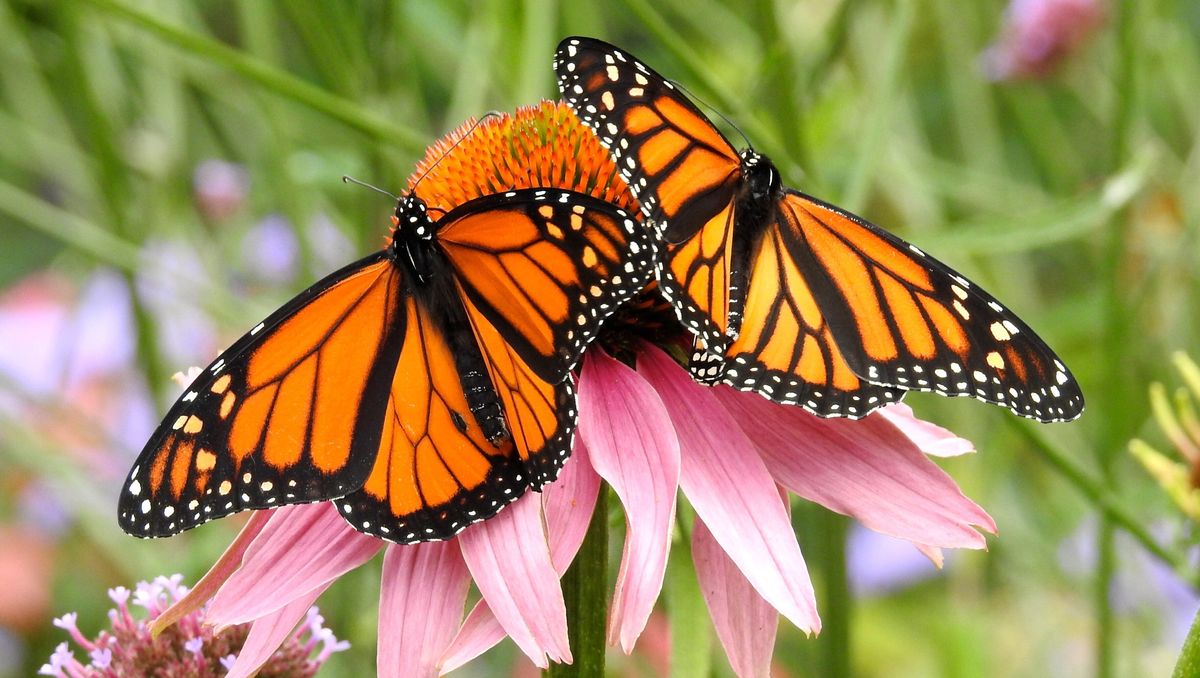
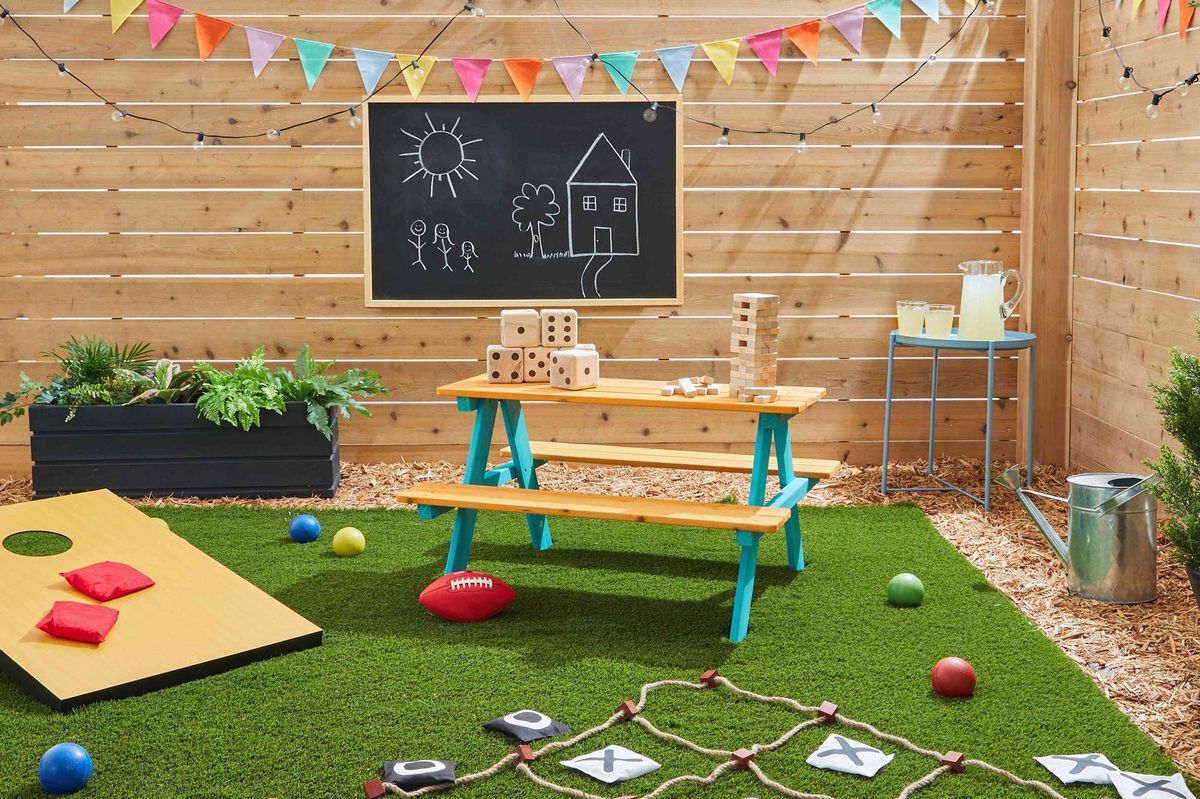
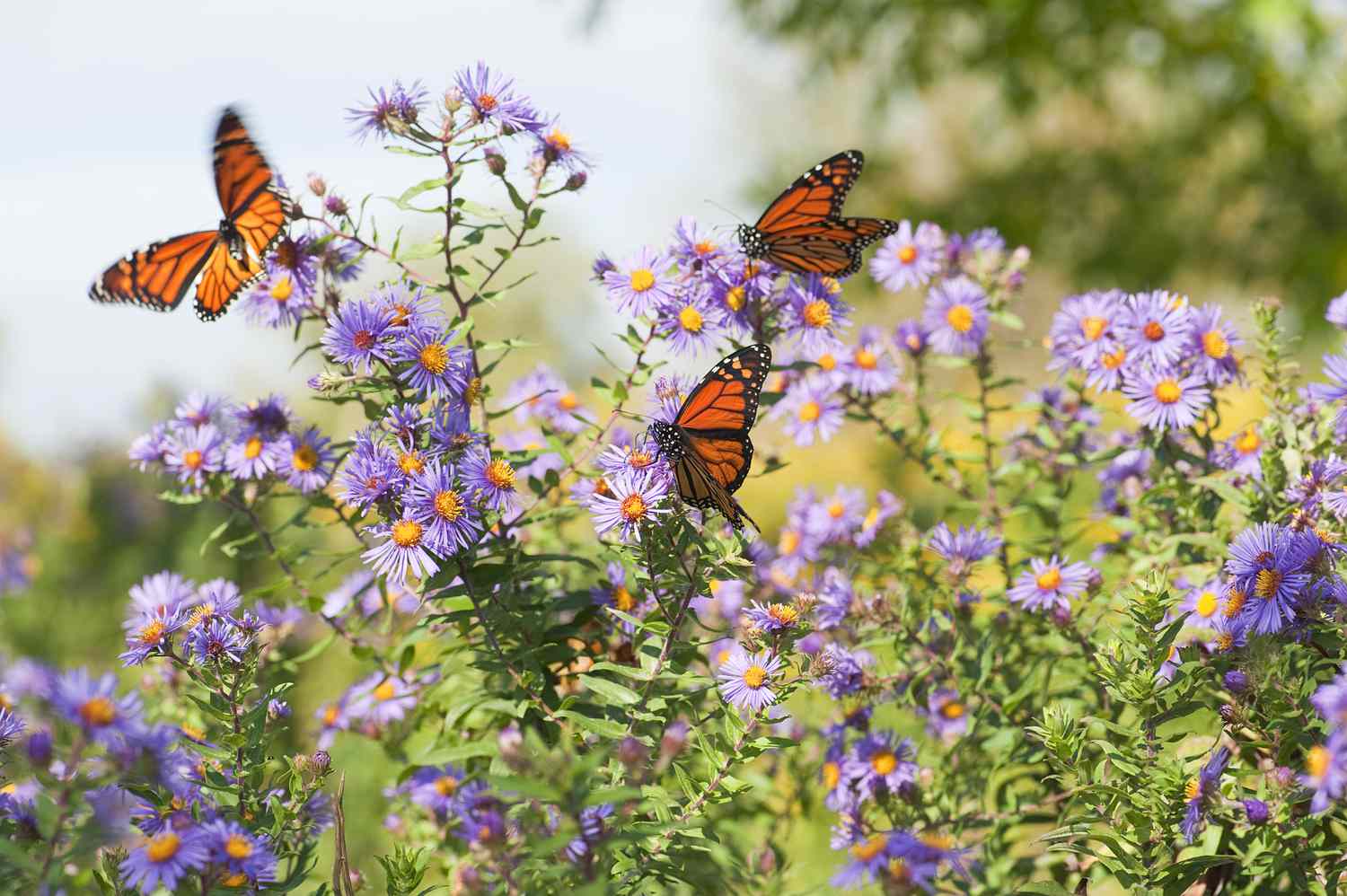
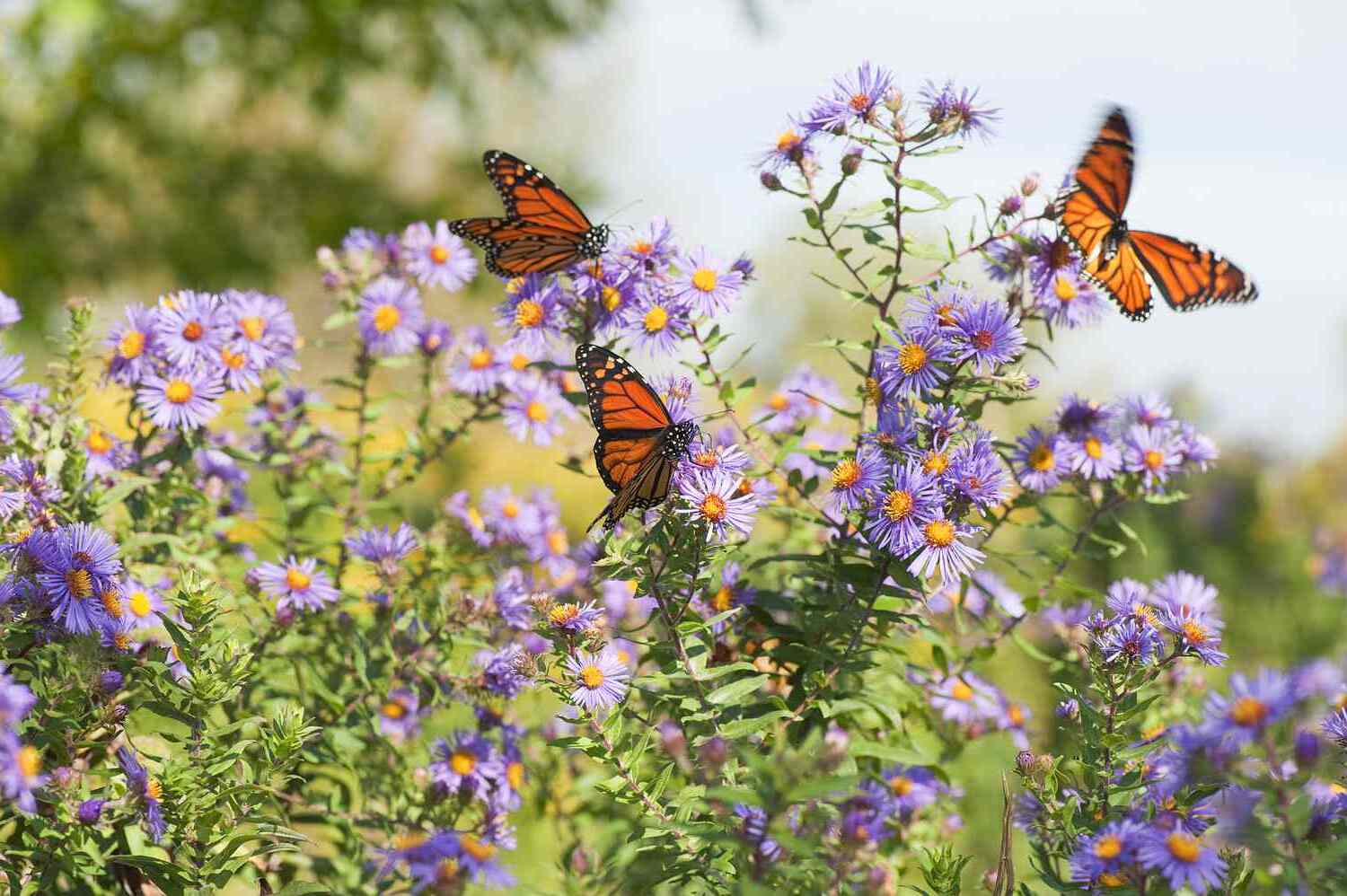
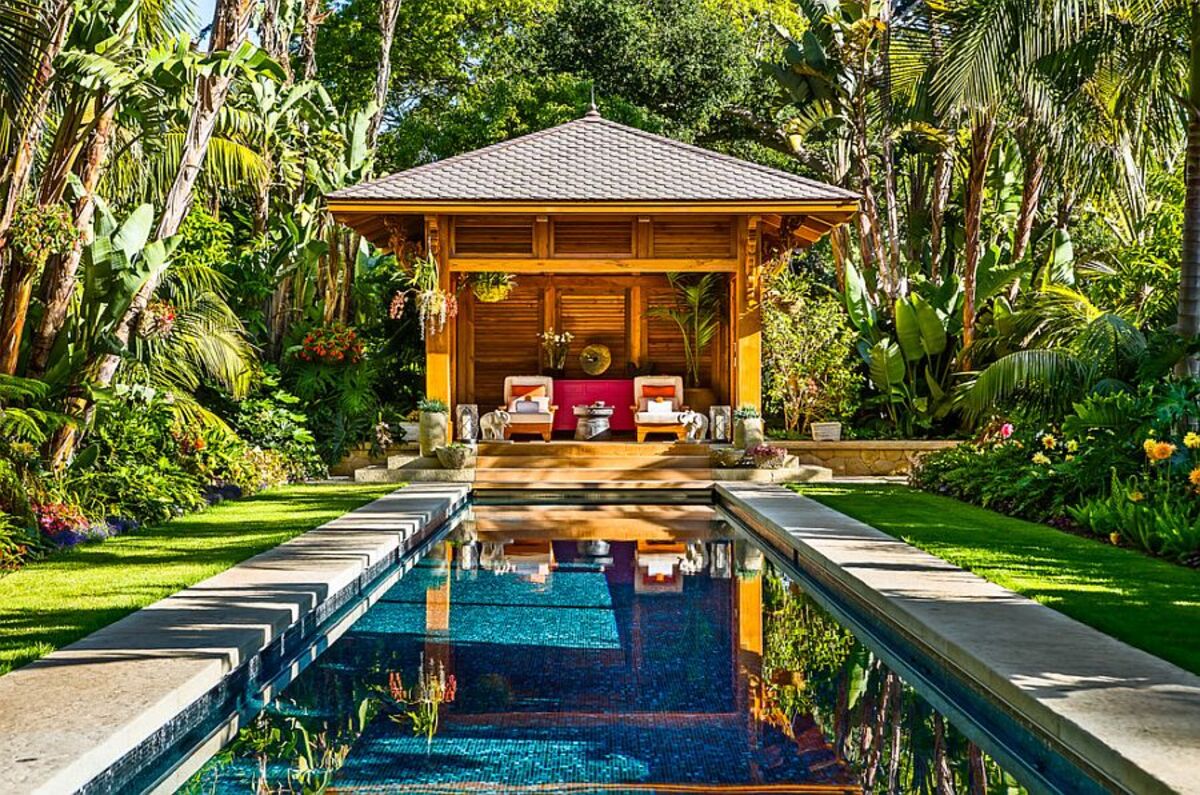
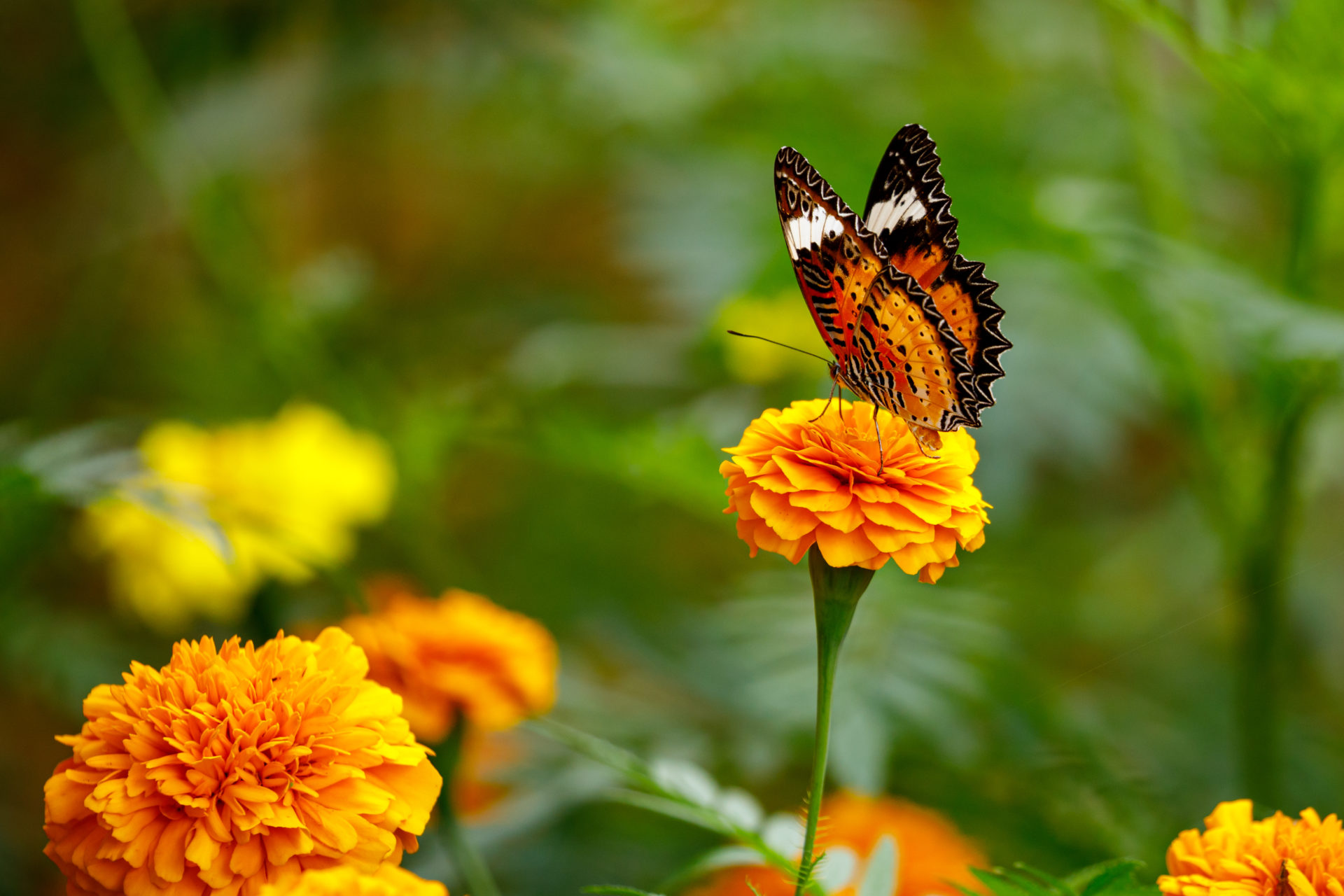
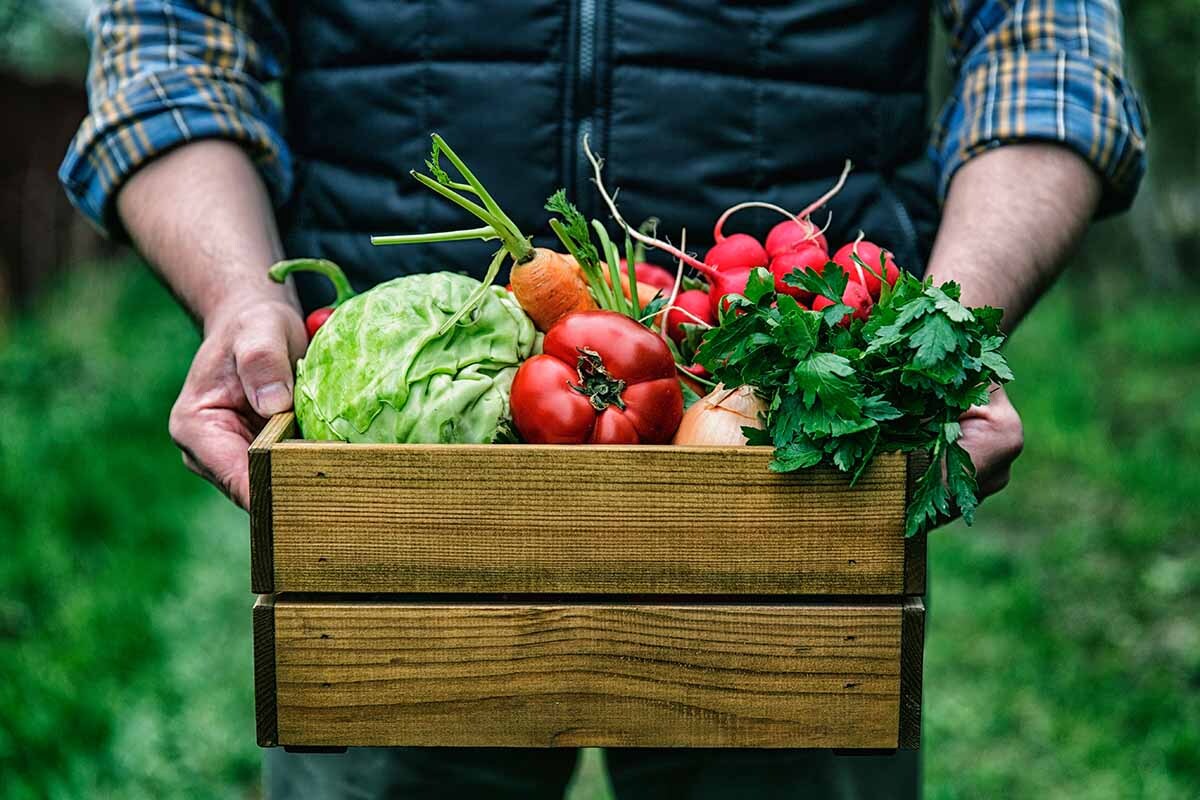
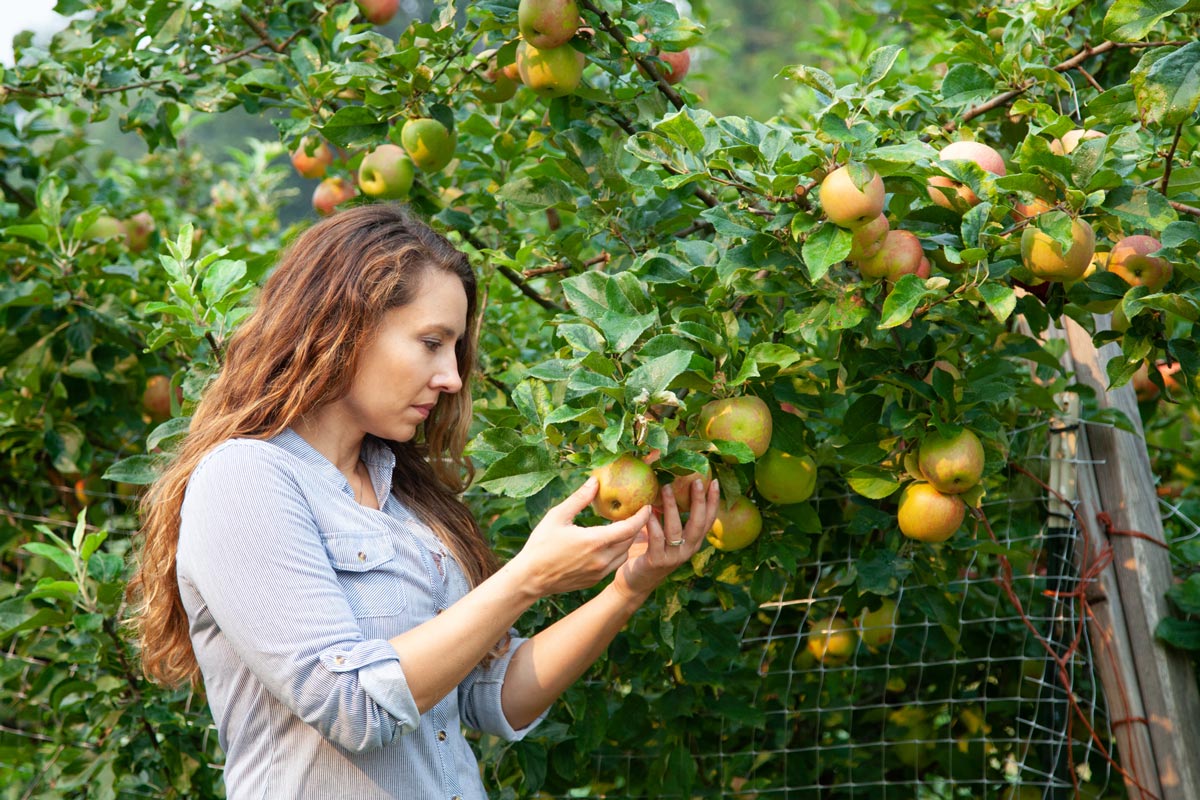
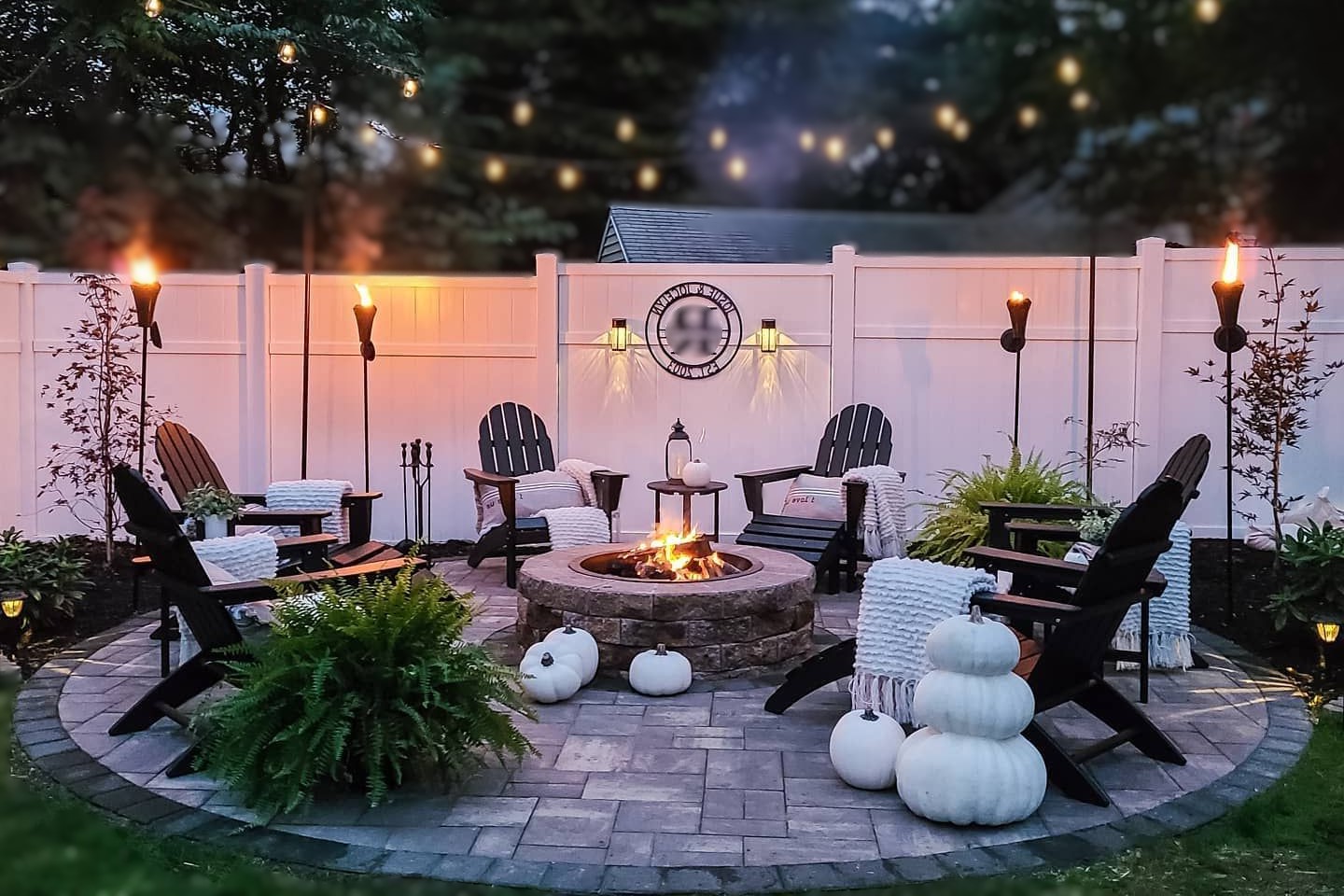
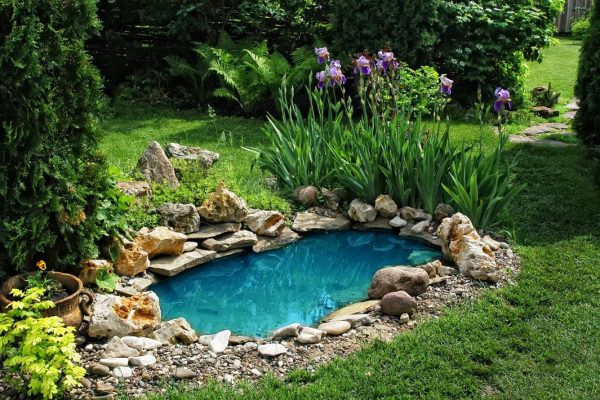
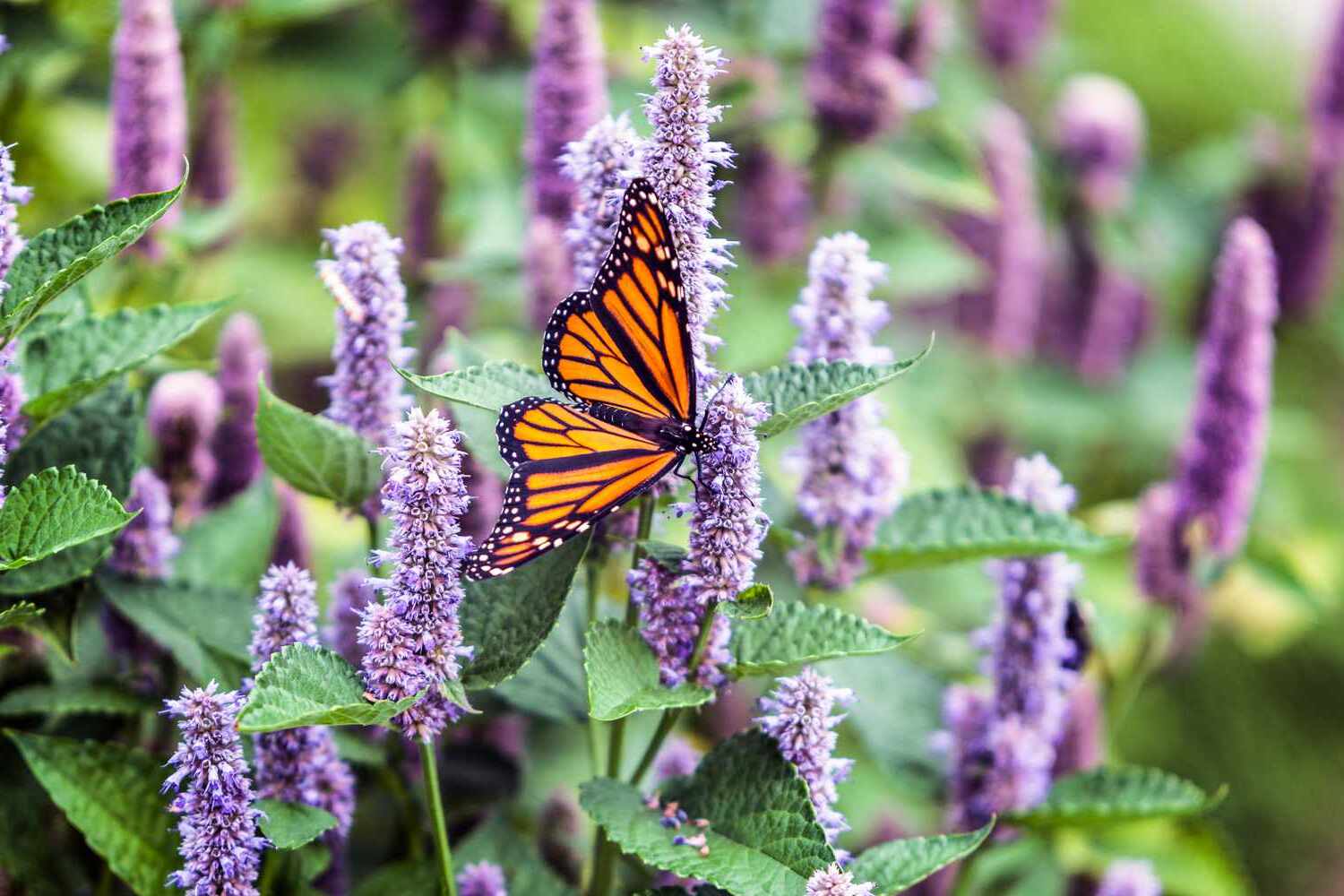
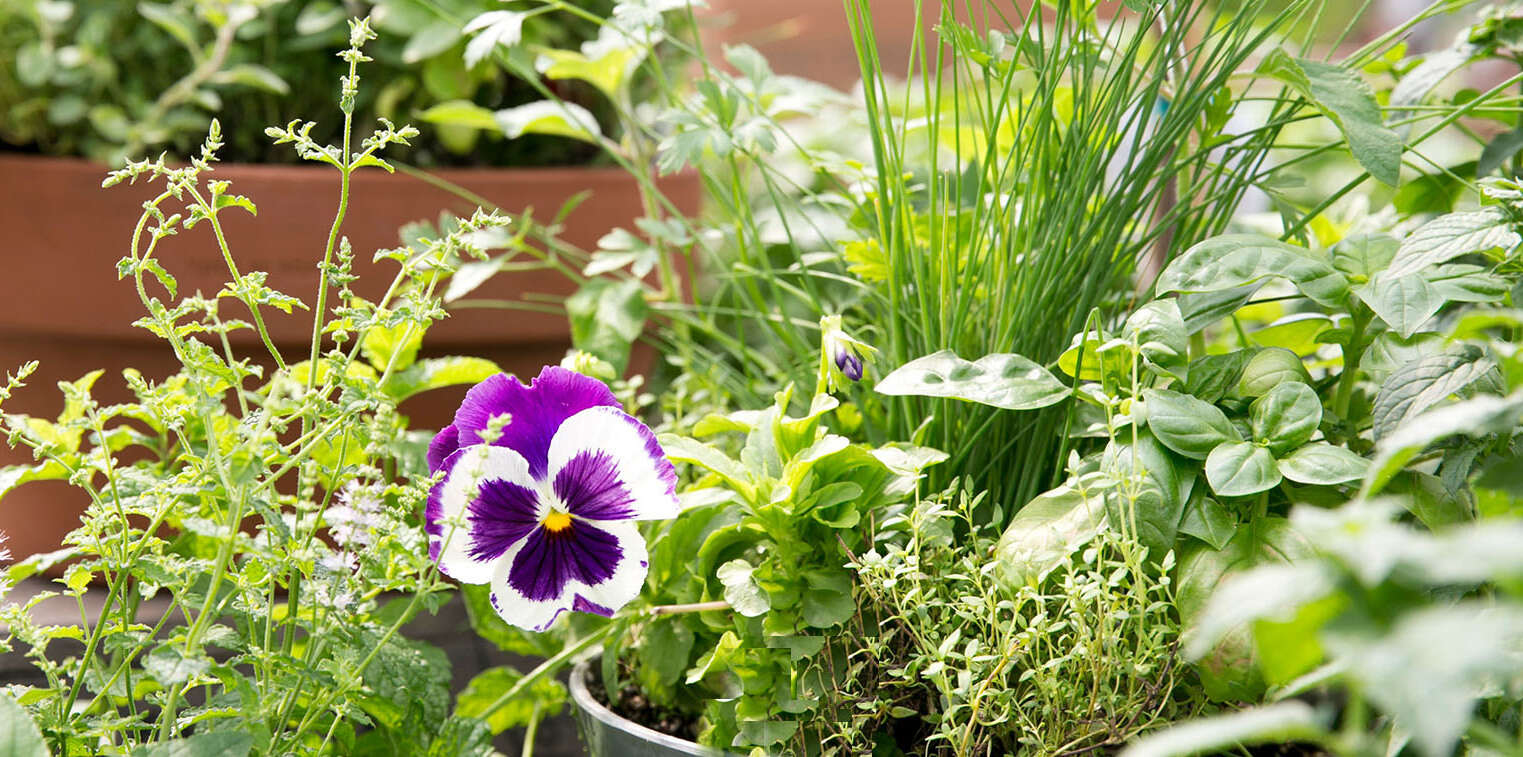
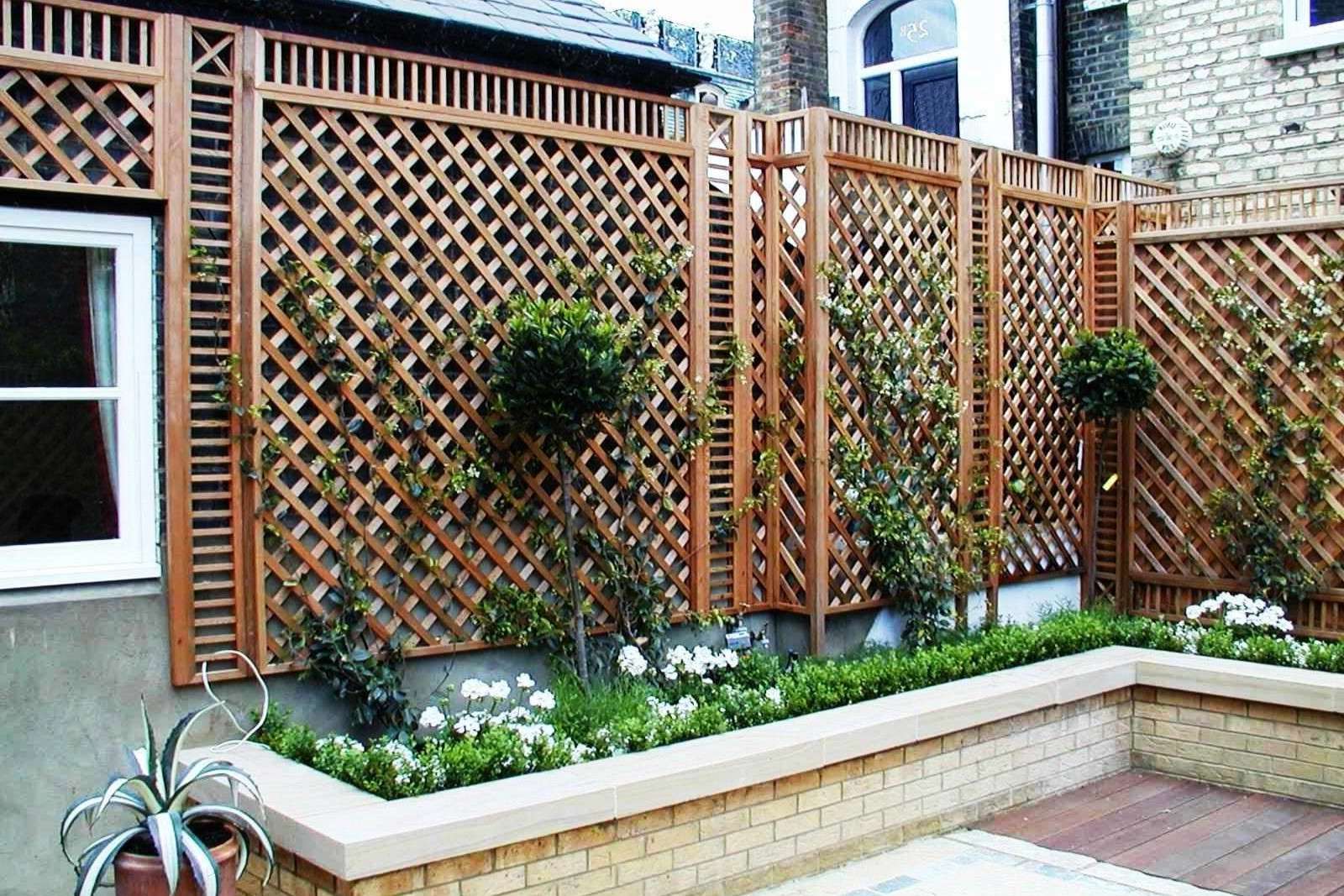
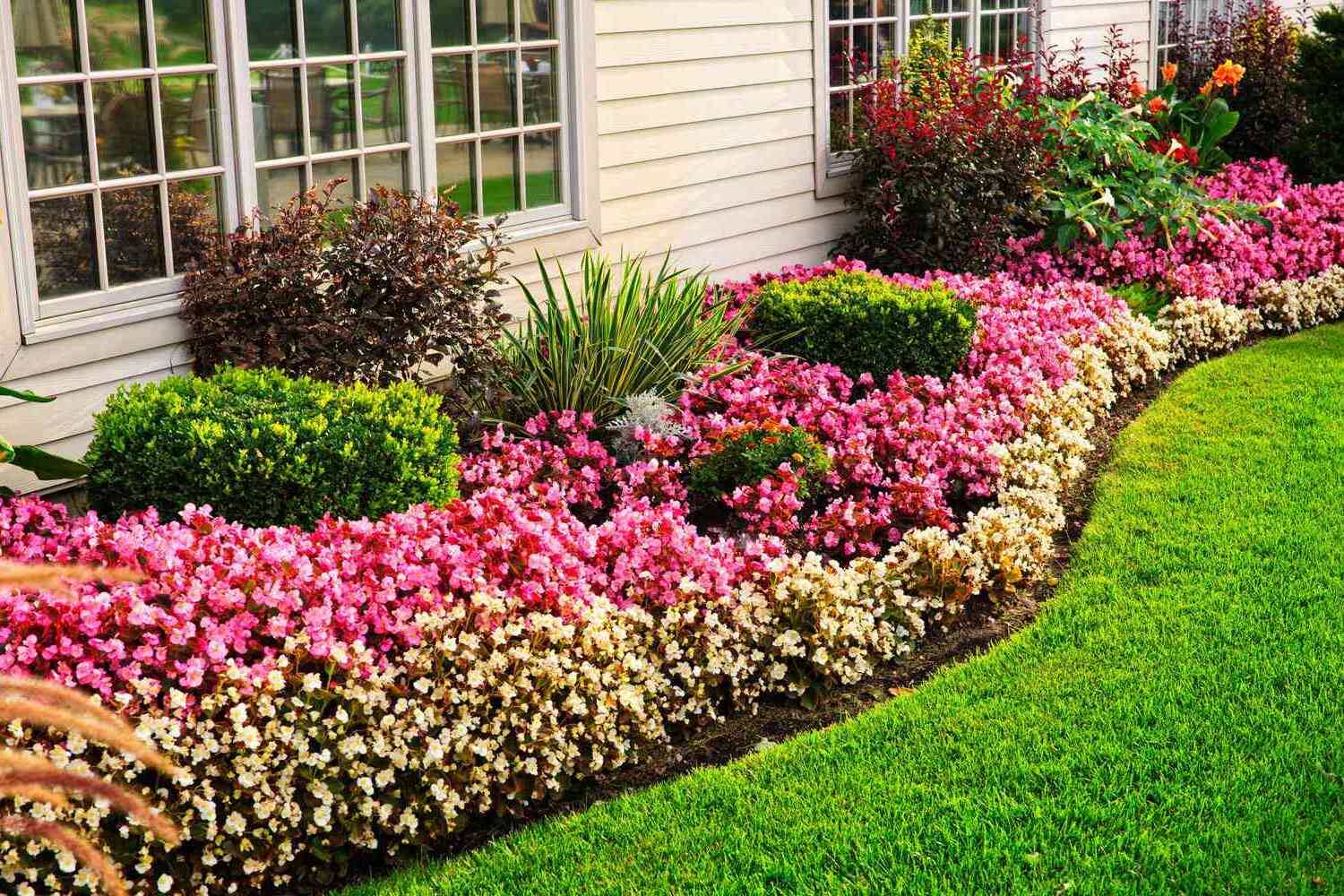

0 thoughts on “Creating A Butterfly Garden In Your Backyard”